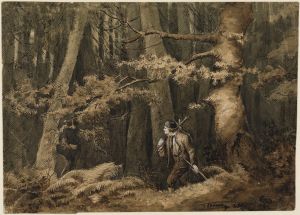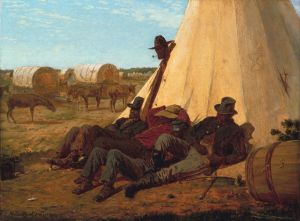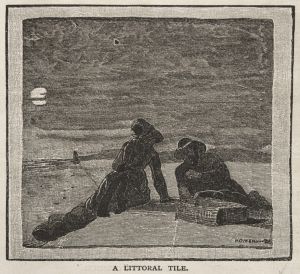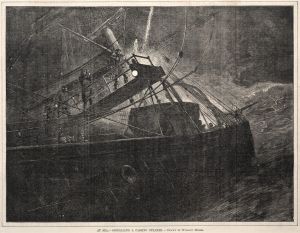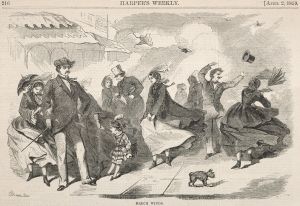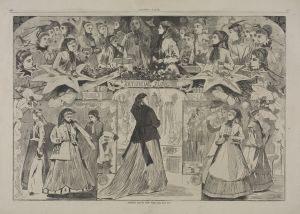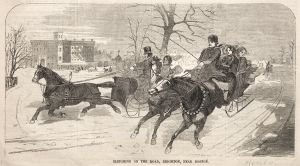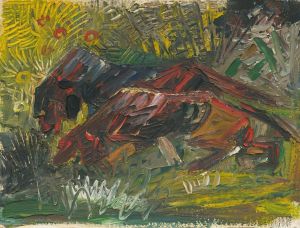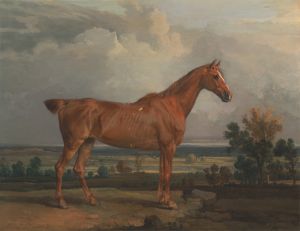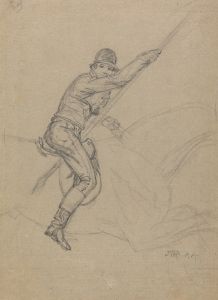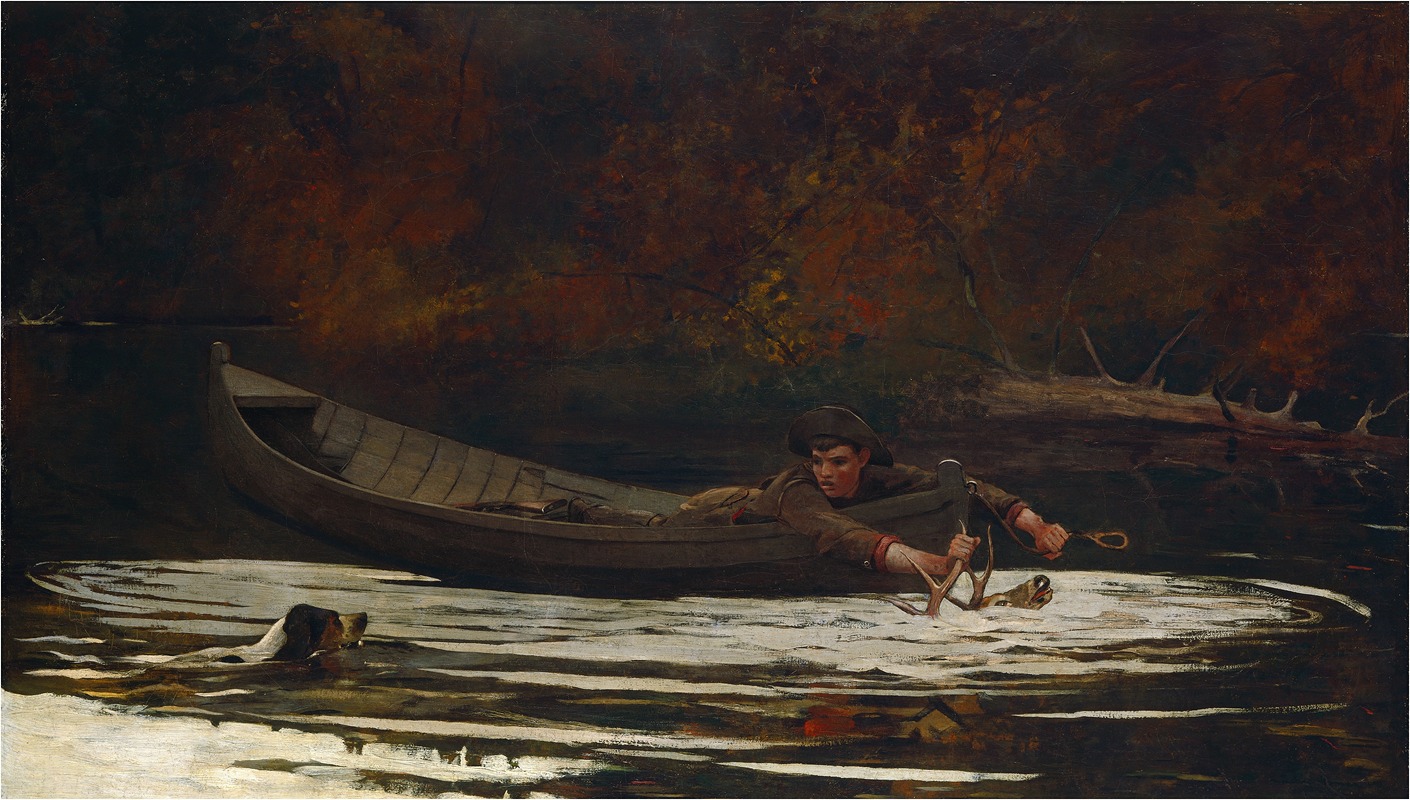
Hound and Hunter
A hand-painted replica of Winslow Homer’s masterpiece Hound and Hunter, meticulously crafted by professional artists to capture the true essence of the original. Each piece is created with museum-quality canvas and rare mineral pigments, carefully painted by experienced artists with delicate brushstrokes and rich, layered colors to perfectly recreate the texture of the original artwork. Unlike machine-printed reproductions, this hand-painted version brings the painting to life, infused with the artist’s emotions and skill in every stroke. Whether for personal collection or home decoration, it instantly elevates the artistic atmosphere of any space.
Winslow Homer’s painting Hound and Hunter is an oil on canvas work completed in 1892. Homer, an American artist renowned for his realistic depictions of nature and human interaction with the environment, created this piece during his later years, a period marked by his focus on themes of survival, man’s relationship with nature, and the ruggedness of outdoor life.
The painting depicts a young boy in a small wooden boat, leaning over the side as he struggles to pull a deer out of the water. A hound, presumably used in the hunt, stands alert in the boat, watching the scene unfold. The setting is a serene yet dynamic wilderness, with the water and surrounding environment rendered in Homer’s characteristic attention to detail. The composition captures a moment of tension and effort, emphasizing the physicality of the boy’s task and the connection between human activity and the natural world.
Hound and Hunter was created during Homer’s time in Prouts Neck, Maine, where he spent much of his later life. This period saw the artist increasingly drawn to themes of isolation, self-reliance, and the harsh realities of life in the natural world. The painting reflects these interests, presenting a scene that is both specific in its narrative and universal in its exploration of human interaction with nature.
The work was met with some controversy upon its initial exhibition. Critics and viewers debated the morality of the hunting scene, particularly the depiction of the deer being pulled from the water. Some interpreted the image as a commentary on the ethics of hunting and humanity’s dominion over animals, while others viewed it simply as a realistic portrayal of a common activity in rural America at the time. Homer himself did not provide explicit commentary on the painting’s meaning, leaving its interpretation open to viewers.
Today, Hound and Hunter is part of the collection at the National Gallery of Art in Washington, D.C. It remains an important example of Homer’s mature style and his ability to capture the complexities of human life within the natural world. The painting is celebrated for its technical mastery, emotional depth, and the way it encapsulates Homer’s enduring fascination with the interplay between humans and their environment.






